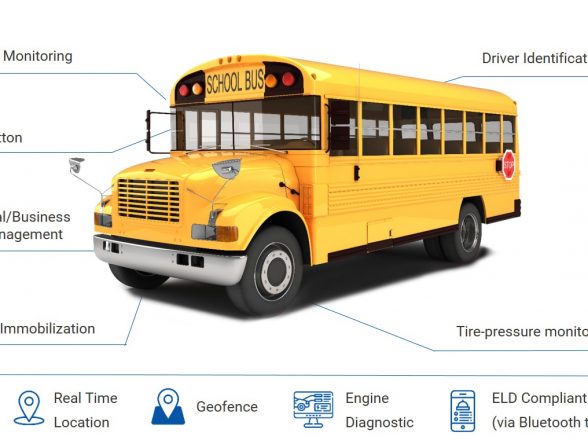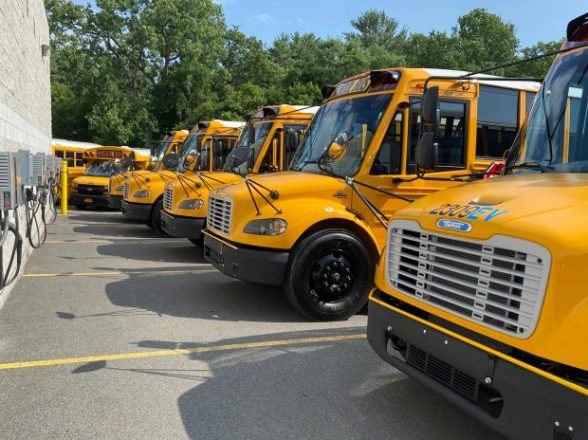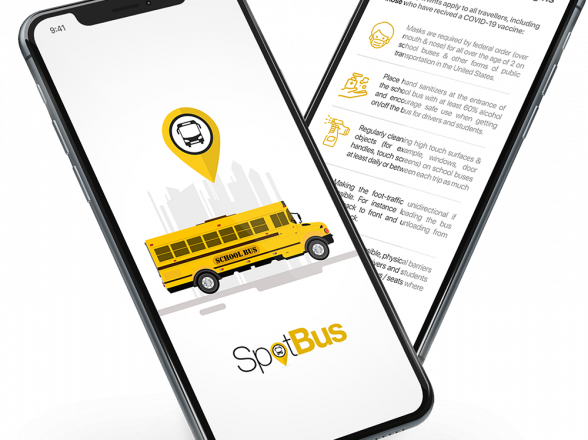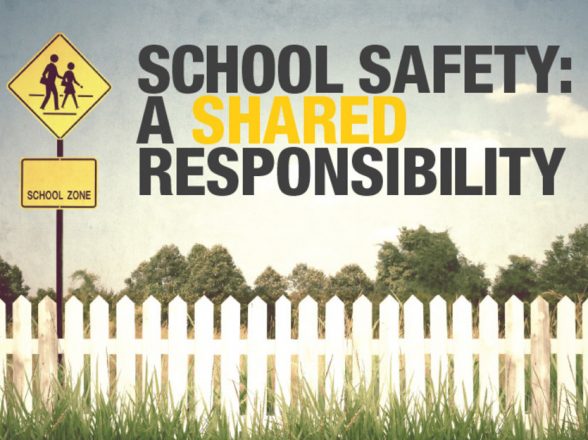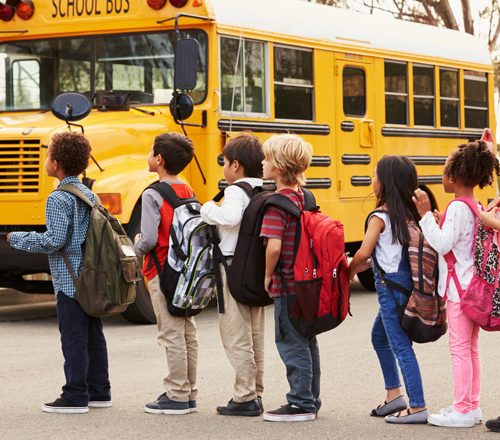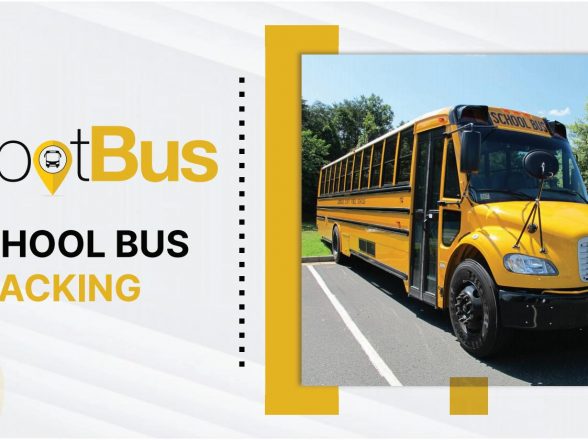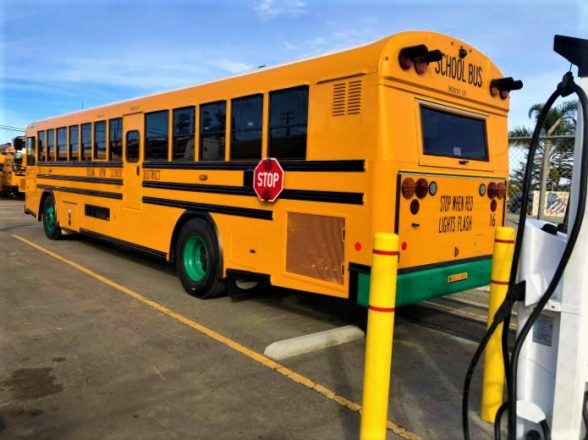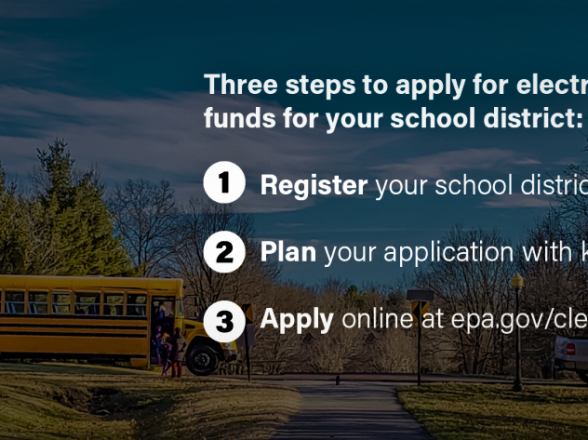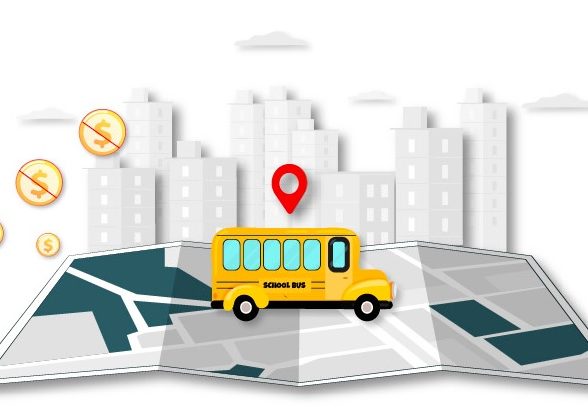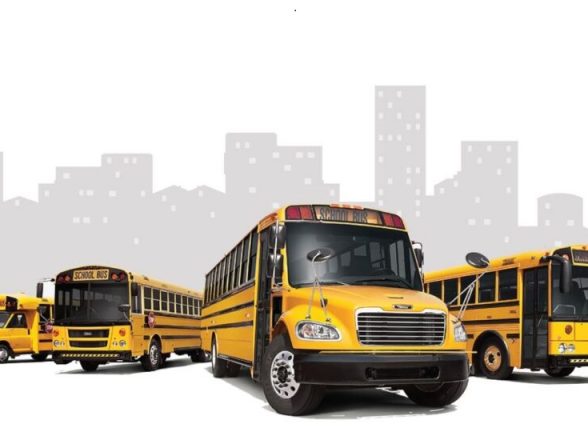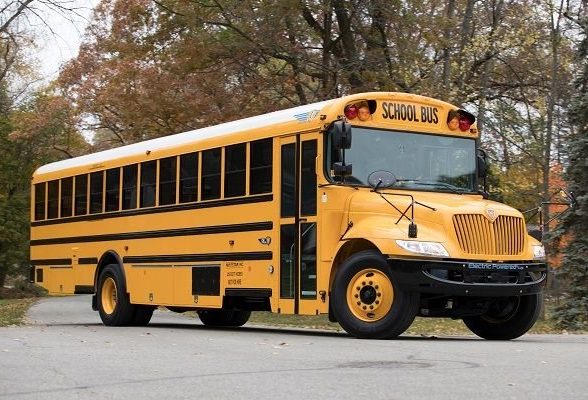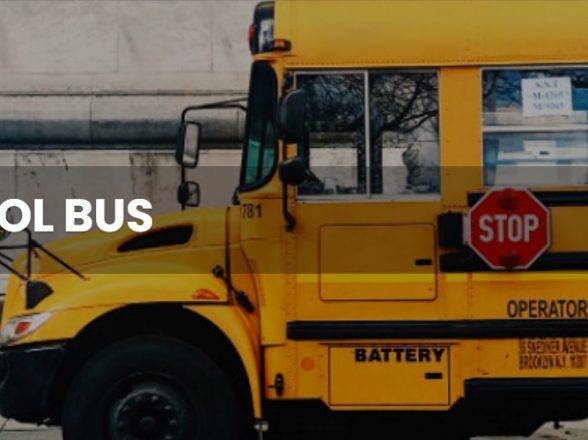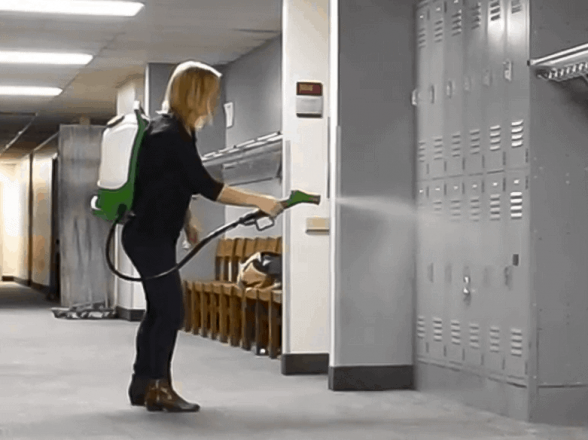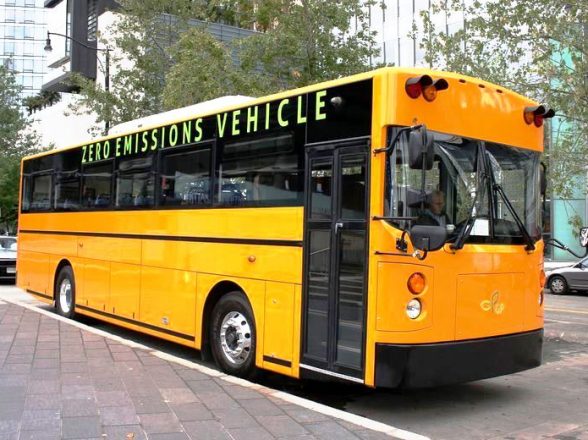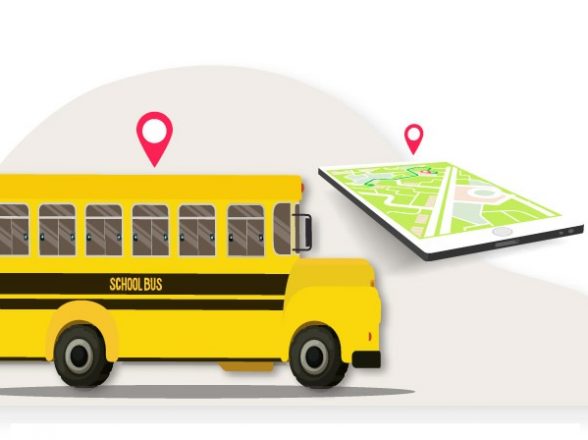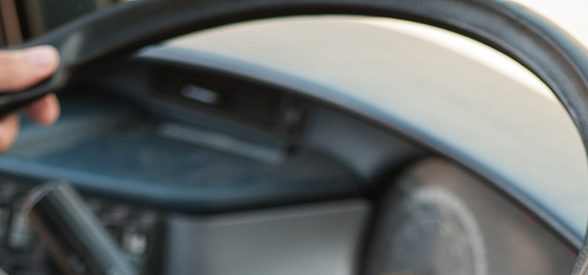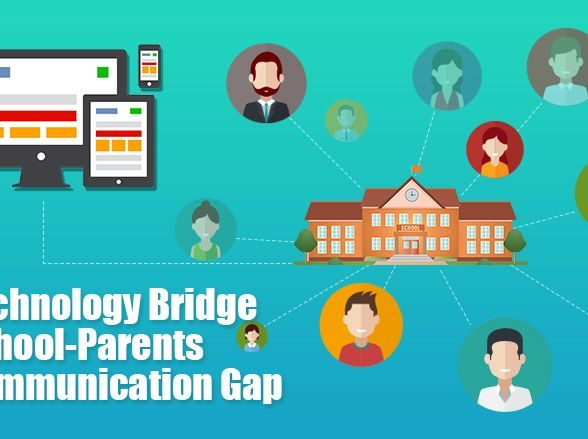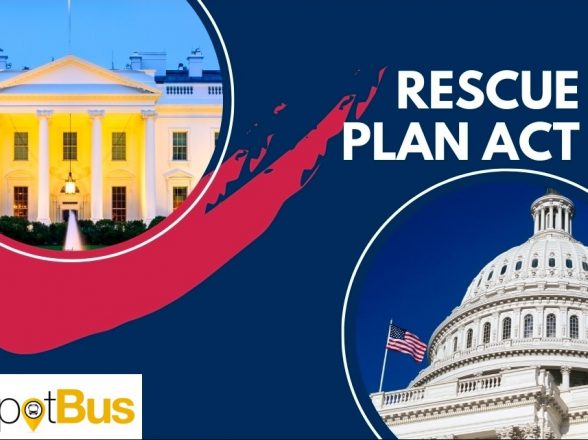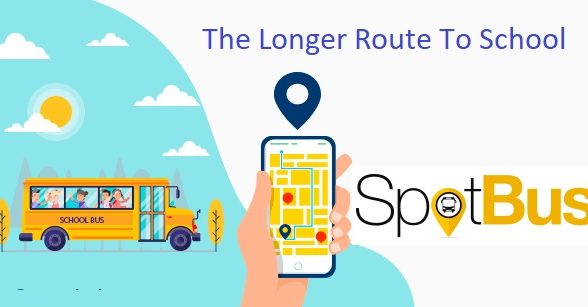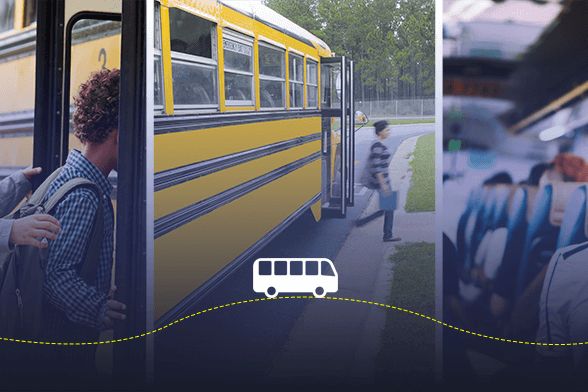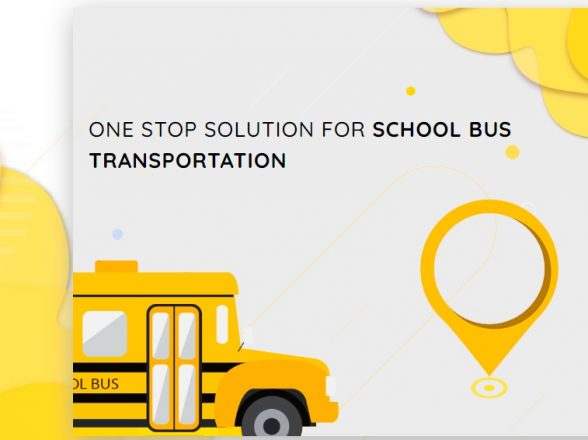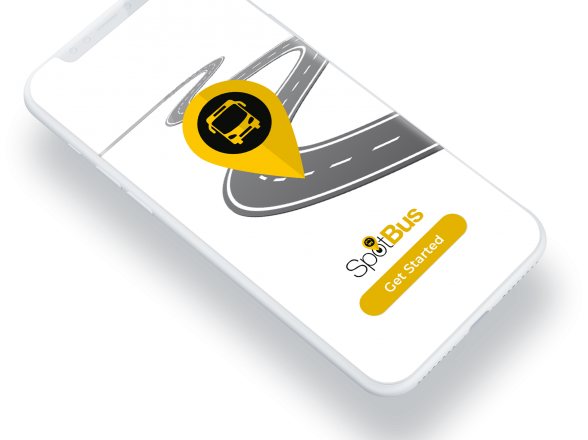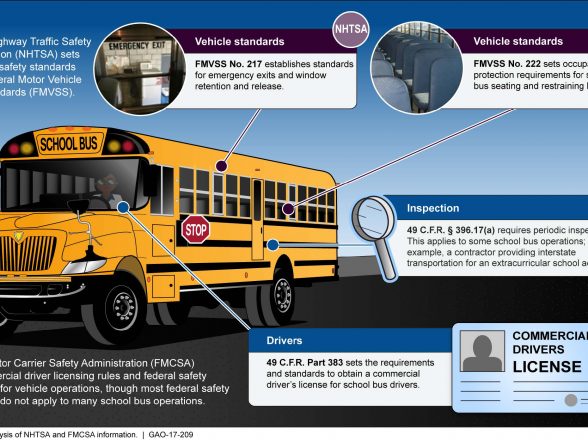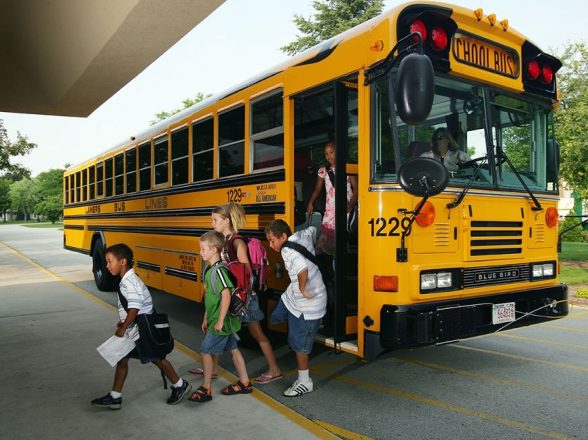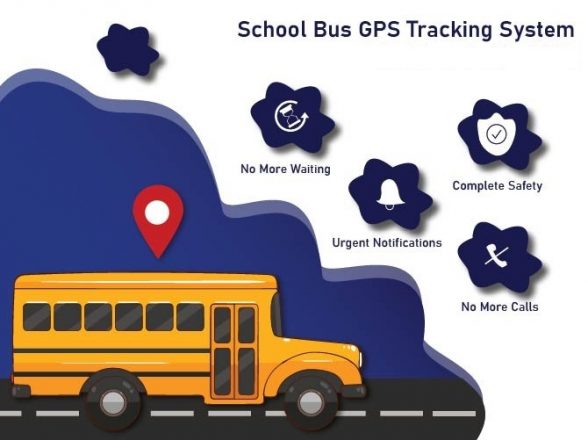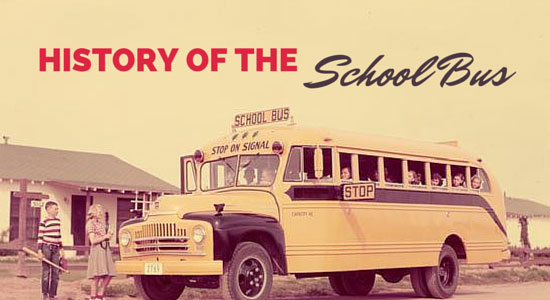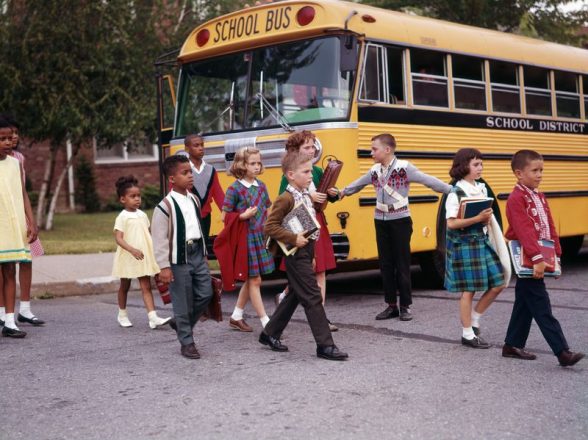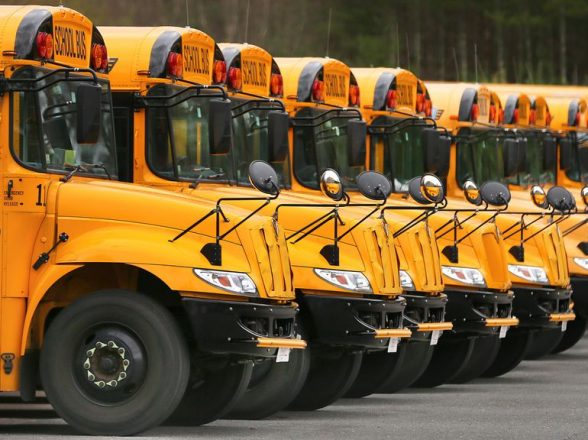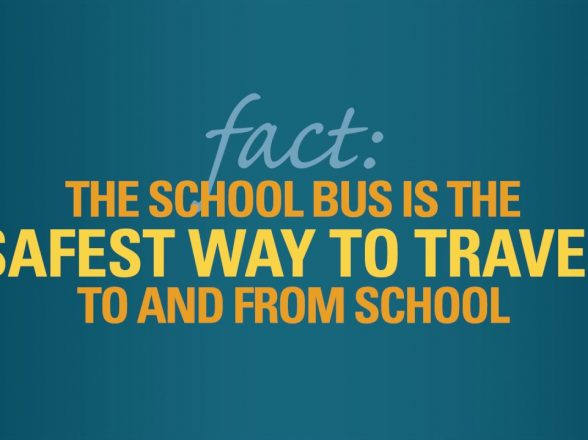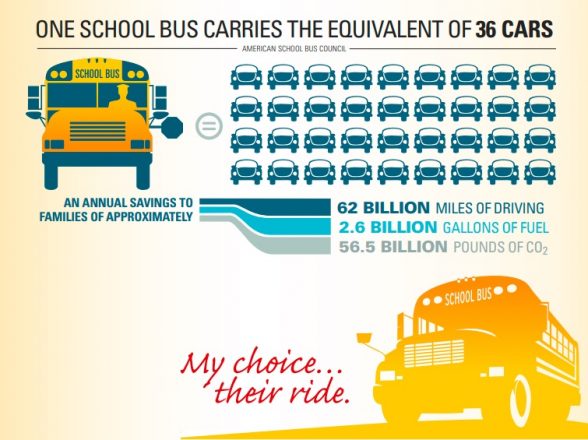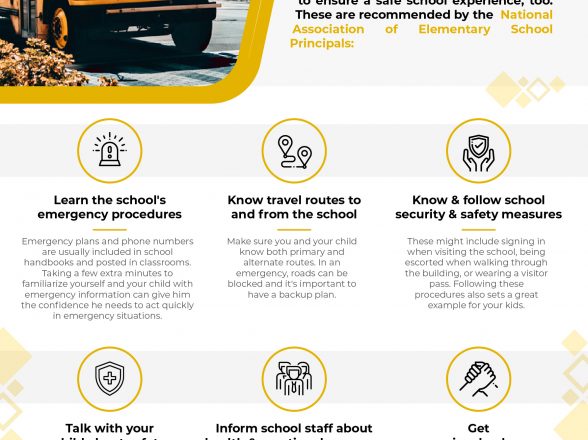Back-to-School transportation safety
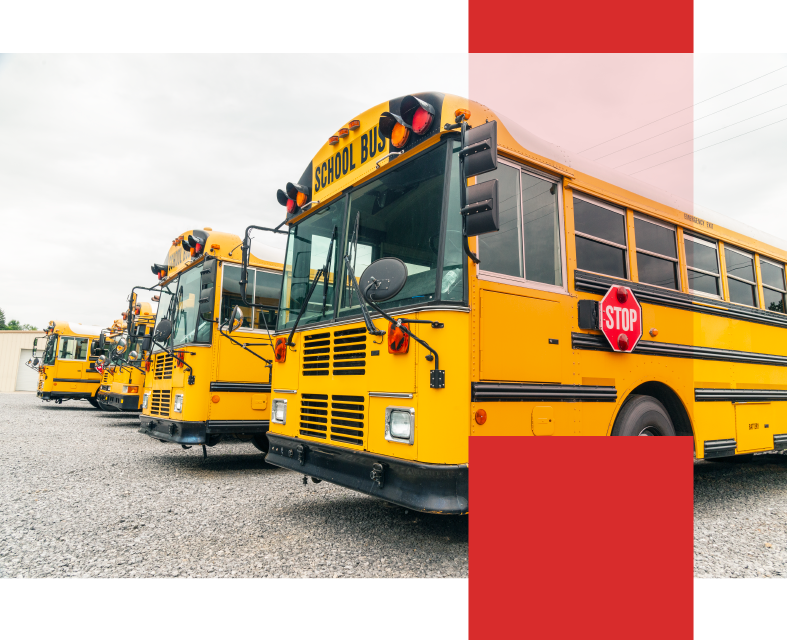
As classes resumed at schools across the country this fall, the issue of school safety is once again at the forefront of the national debate. How best to address school safety, both at the K-12 and higher education levels, is a weighty issue with no easy answers.
Simply trying to assess the level of school and university preparedness is challenging.
“As a country, we don’t have a good handle on where schools stand today because there is no good evidence of how safe schools really are,” said Amanda Klinger, director of operations for the Educator’s School Safety Network, a nonprofit that works with K-12 schools and institutions of higher education. “Save the Children did a report on what states require of schools, but we don’t know how many schools are meeting those requirements. From the research we do here, we generally find that schools are sorely underprepared, but we can’t say that in a quantified way.”
As kids head back to school and parents, teachers and school staff adjust to the new schedules and routines, it is a great time to remind ourselves about school transportation safety, and safety for people of all ages and abilities walking and bicycling in our communities.
School-zone transportation safety improvements are needed at many of our region’s schools, and each of our communities would benefit from safer infrastructure for walking and bicycling. Nevertheless, it is the responsibility of each one of us to be cautious and look out for children and other pedestrians when we’re driving.
This is true whether we’re driving in a school zone or anywhere else – near a school, in a neighborhood, in a downtown or commercial area, or even in the country. We must drive as if someone’s child could appear unexpectedly at any time – because they can, and they do.
Sadly, each year hundreds of children are struck and killed by drivers while traveling to and from school in the United States. Nationally, about 12% of children walk to school and about 2% bicycle to school; yet children walking and bicycling account for a disproportionately higher percentage of school-transportation-related deaths (16% and 6%, respectively), according to the American Academy of Pediatrics.
The National Safety Council provides the following precautions and advice to help keep kids of all ages and abilities safe as they travel to and from school and other activities.
If you’re dropping off or picking up:
• Don’t double park; it blocks visibility for other children and vehicles.
• Don’t load or unload children across the street from the school.
• Carpool to reduce the number of vehicles at the school.
Sharing the road with young pedestrians:
• Don’t block the crosswalk when stopped at a red light or waiting to make a turn, forcing pedestrians to go around you; this could put them in the path of moving traffic.
• In a school zone, when flashers are blinking, stop and yield to pedestrians crossing the crosswalk or intersection. (Note: Actually, do this always and everywhere.)
• Always stop for a school patrol officer or crossing guard holding up a stop sign.
• Take extra care to look out for children in school zones, near playgrounds and parks, and in all residential areas.
• Don’t honk or rev your engine to scare a pedestrian, even if you have the right of way.
• Never pass a vehicle stopped for pedestrians.
• Always use extreme caution to avoid striking pedestrians wherever they may be, no matter who has the right of way.
Sharing the road with school buses:
• If you’re driving behind a school bus, allow a greater following distance than if you were driving behind a car. It will give you more time to stop once the yellow lights start flashing.
• If a school bus is stopped to load or unload children, never pass it from behind, or from either direction if you’re on an undivided road. It is illegal in all 50 states to pass a school bus that is stopped to load or unload children.
• If the yellow or red lights are flashing and the stop arm is extended, traffic must stop.
• The area 10 feet around a school bus is the most dangerous for children; stop far enough back to allow them space to safely enter and exit the bus.
• Be alert; children often are unpredictable, and they tend to ignore hazards and take risks.
Sharing the road with young bicyclists:
• On most roads, bicyclists have the same rights and responsibilities as vehicles, but children riding bikes can be more difficult to see and may not be able to properly understand traffic conditions.
• The most common cause of collision is a driver turning left in front of a bicyclist.
• When passing a bicyclist, proceed in the same direction slowly, and leave at least three feet between your car and the bicyclist.
• When turning left and a bicyclist is approaching in the opposite direction, wait for the rider to pass.
• If you’re turning right and a bicyclist is approaching from behind on the right, let the rider go through the intersection first, and always use your turn signals.
• Watch for bicyclists turning in front of you without looking or signaling; children especially have a tendency to do this.
• Be extra vigilant in school zones and residential neighborhoods.
• Watch for bicyclists coming from driveways or from behind parked cars.
• Check side mirrors before opening your door.
Let’s all make sure to do our part as drivers to make sure each and every child gets to and from school – and everywhere else – safely. Now, and always.




